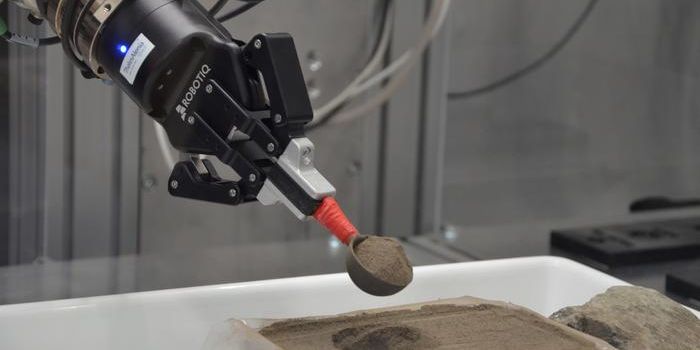3D Printing with Light
A study on new 3D printing technology, published in Science, transforms gooey liquids into complex solid objects using light and in only a matter of minutes. The technology was nicknamed "replicator" after the Star Trek device that materializes objects on demand. Ultimately, the technology can be used to advance the development of crucial biomedical devices like prosthetics and eyeglass lenses.
"I think this is a route to being able to mass-customize objects even more, whether they are prosthetics or running shoes," said senior author of the study and assistant professor of mechanical engineering, Dr. Hayden Taylor. "The fact that you could take a metallic component or something from another manufacturing process and add on customizable geometry, I think that may change the way products are designed," Taylor said.
The technology relies on a viscous liquid that reacts to form a solid, according to the patterns of light, when exposed to a certain threshold and then solidifying to the desired shape.
"Basically, you've got an off-the-shelf video projector, which I literally brought in from home, and then you plug it into a laptop and use it to project a series of computed images, while a motor turns a cylinder that has a 3D-printing resin in it," Taylor said. "Obviously there are a lot of subtleties to it -- how you formulate the resin, and, above all, how you compute the images that are going to be projected, but the barrier to creating a very simple version of this tool is not that high."

UC Berkeley researchers used new 3D printing technology to create a model of Rodin's 'The Thinker.'
Credit: UC Berkeley photo by Stephen McNally
"This is particularly satisfying for me, because it creates a new framework of volumetric or 'all-at-once' 3D printing that we have begun to establish over the recent years," said Maxim Shusteff, a staff engineer at the Livermore lab. "We hope this will open the way for many other researchers to explore this exciting technology area."
Source: UC Berkley








